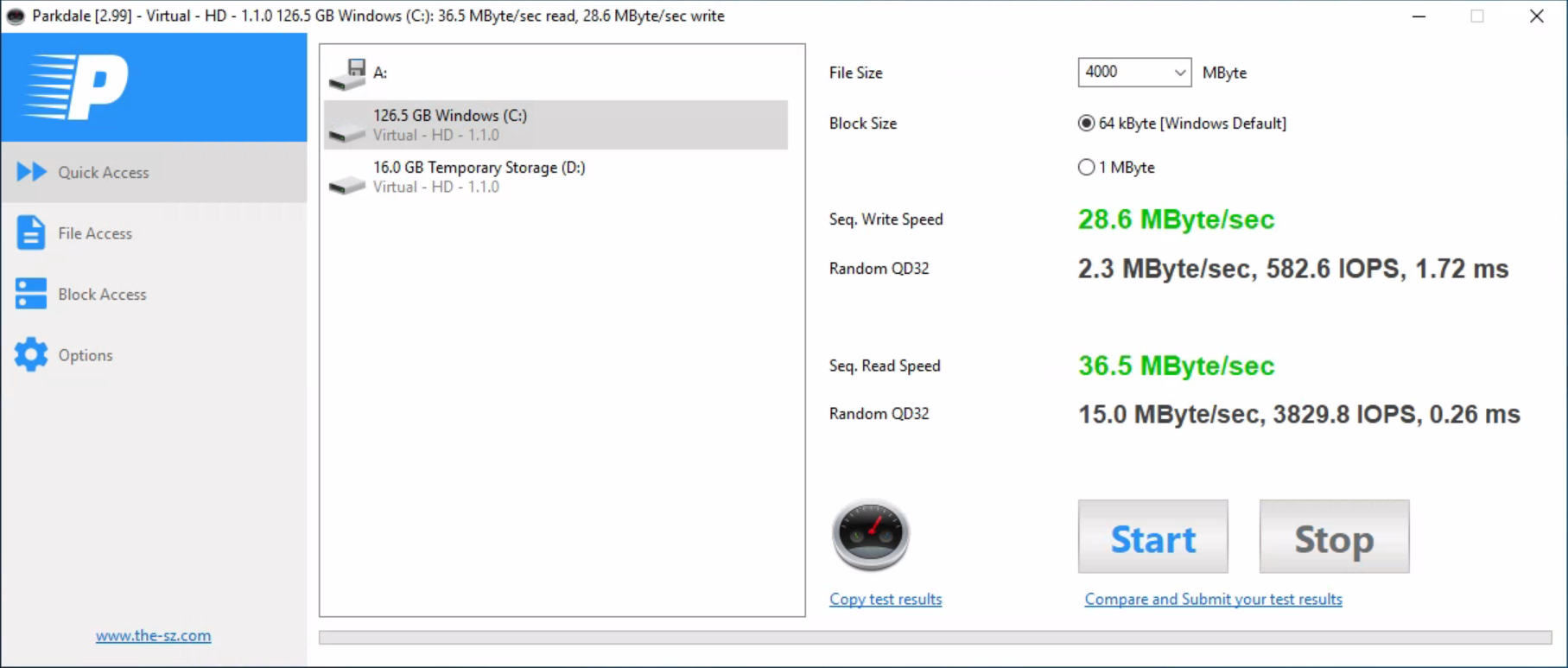

The following blog will explain your key matrix, insights of this type of OS Disk, and use case with Windows Virtual Desktop environment. You must adjust parameters such as the VM size for the nodes, the available disk space, node counts, and specific identifiers to your. If you need low read/to write latency to the OS layer and faster OS reimage consider Ephemeral Disk types. When you specify an OS disk size which is larger than the VM’s cache size AKS falls back to the managed OS disk option. For instance, the ephemeral OS disks are the default for new AKS node pools. Stateless workloads like Windows Virtual Desktops work well and cost benefits by using such OS Disk type. Hence, ephemeral OS disks are perfect for stateless workloads like Azure Kubernetes Service node pools. When you don't explicitly request managed disks for the OS, AKS will default to ephemeral OS if possible for a given node pool configuration. This configuration provides lower read/write latency, along with faster node scaling and cluster upgrades. The minimum OS disk size for AKS is 30GB but the default for VMs with 1-8 vCPU is 128GB (P10 for managed). ephemeral OS disks are stored only on the host machine, just like a temporary disk. When you pick a VM instance size check the size of the included temporary storage or cache.

Having said that it’s super faster than other disk types currently. When you want to use Ephemeral os disks you need to create a new nodepool with the argument -node-osdisk-type ephemeral (default value is managed ). Ephemeral type of disk is part of the local virtual machine and it’s not saved any Azure storage. If your VM is stateless, however, you can use an ephemeral OS disk, which has no additional storage cost beyond the base compute cost of.


 0 kommentar(er)
0 kommentar(er)
